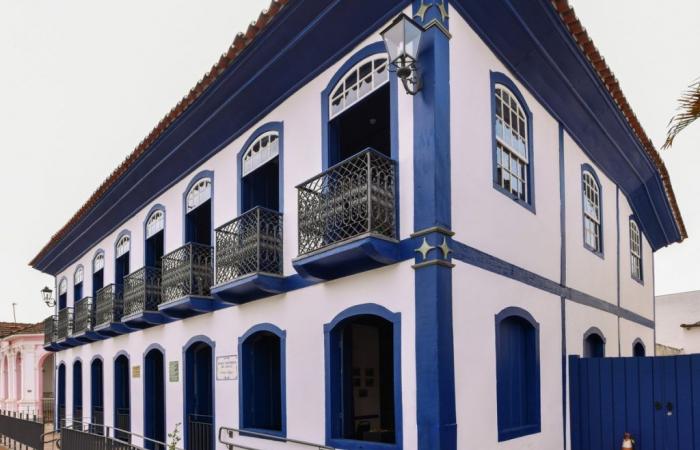The death certificate of Ana Jacinta de São José, Dona Beja, was issued 151 years after her death. The late registration of death was issued on March 6 after being authorized by the Court.
She died in Estrela do Sul, on December 20, 1873, when the city was still called Bagagem. The authorization responded to an action filed by the Public Prosecutor’s Office that found the the character’s death certificate does not exist. The document will be sent to the Araxá Museum, where it will be on display.
The decision that authorized the death registration was made by judge Cássio Macedo da Silva. The initiative came from the district attorney, André Luís Alves de Melo. When justifying the request, the prosecutor presented copies of Dona Beja’s inventory and will and information provided by the Civil Registry offices.
The justification is that the legislation only allows civil registration of late deaths when they are Lack of documentary and testimonial evidence of death because 150 years have passed.
Known for her beauty and power of seduction, Dona Beja accumulated a fortune and was a controversial and influential character in the imperial period. She was born in Formiga (MG) on January 2, 1800, daughter of Maria Bernardo dos Santos and an undeclared father.
At a young age he moved to Araxá, where his fame spread across the country. Influenced by a son-in-law, Dona Beja moved again, this time, to the old Bagagem (currently Estrela do Sul), where she died as a result of kidney inflammation.
Historian Raquel Leão says that Dona Beja was a very “differentiated” woman for her time.
“She was a single mother, alone, she was not limited to the role of home imposed on her. She was very active in liberal politics, meetings were held at her farm, something that was not very normal at the time. 19th century women They were very submissive, Dona Beja was not”, says Raquel.
Dona Beija’s body was buried in an old cemetery where the main square in Estrela do Sul is today.
The Dona Beja Museum, as it is known, is one of the tourist references in Araxá, and was founded in 1965. The place keeps the history of the city of Minas Gerais and illustrious characters, such as Beja herself.
On September 4, 1965, the mansion located at Praça Coronel Adolpho, nº 98, was transformed into a museum and opened as the “Dona Beja Regional Museum” by journalist Assis Chateaubriand. The first in the country in a series of regional museums created by the journalist and a “gift to the city”, as it was the centenary year of the political emancipation of Araxá.
On May 23, 1986, the name was changed to “Dona Beja Municipal Museum”.
Araxá Museum will receive Dona Beja’s death certificate
VIDEOS: see everything about the Triângulo, Alto Paranaíba and Northwest of Minas
Tags: Dona Bejas death certificate issued years death Mining Triangle






